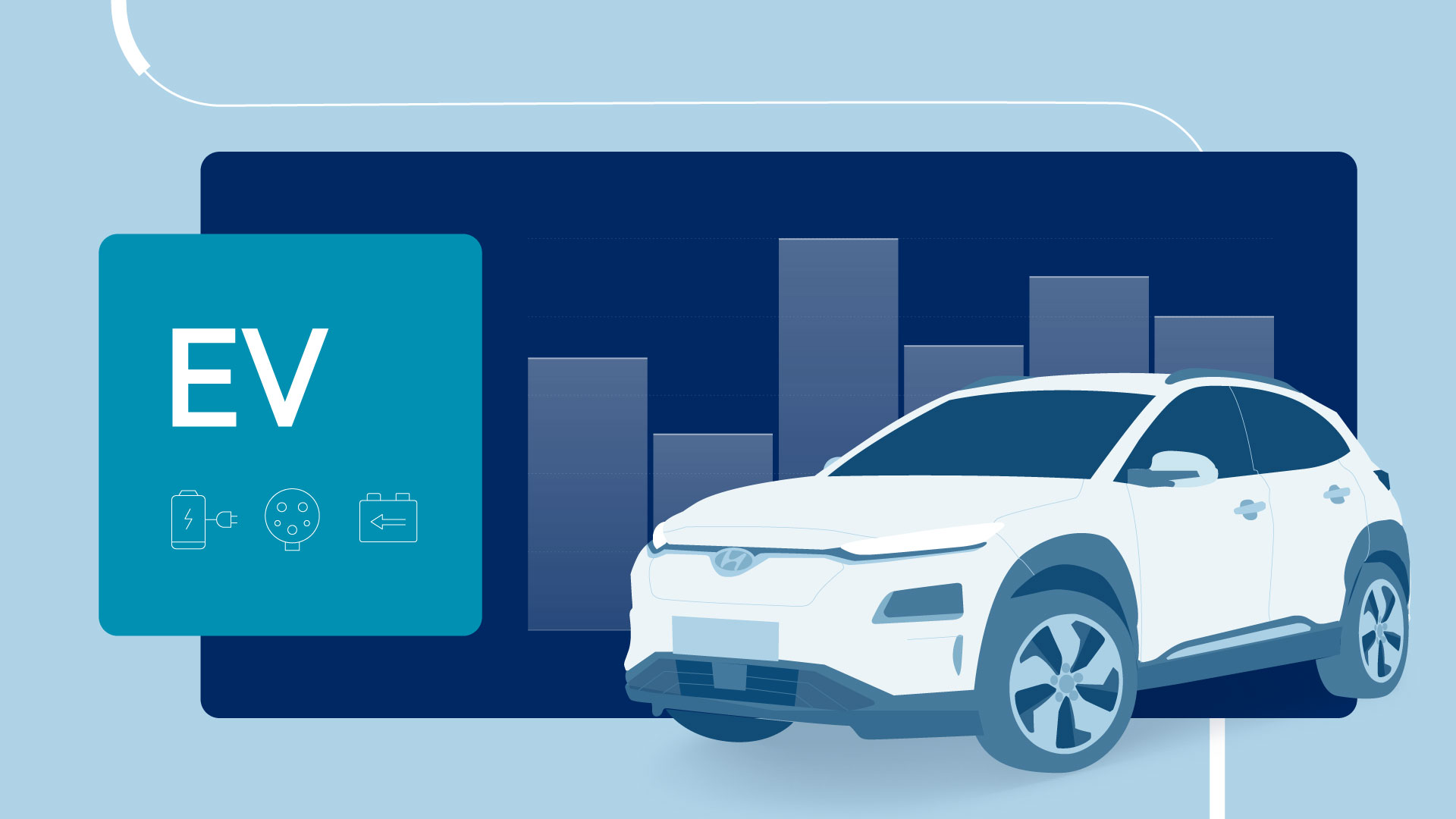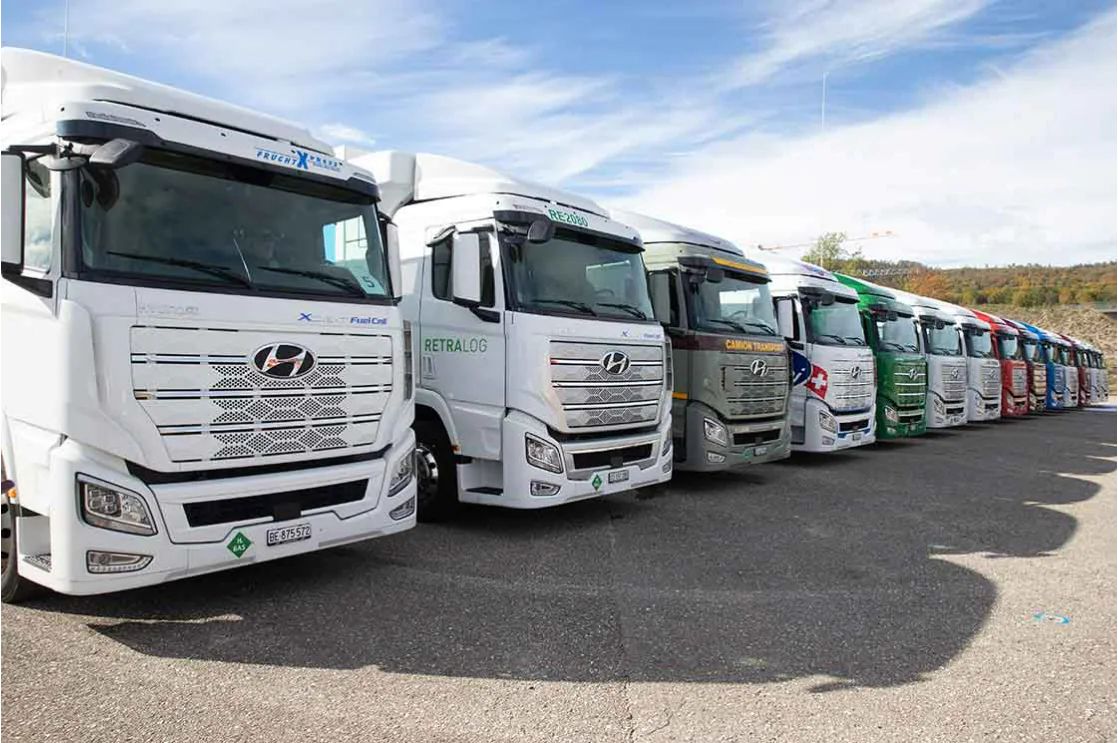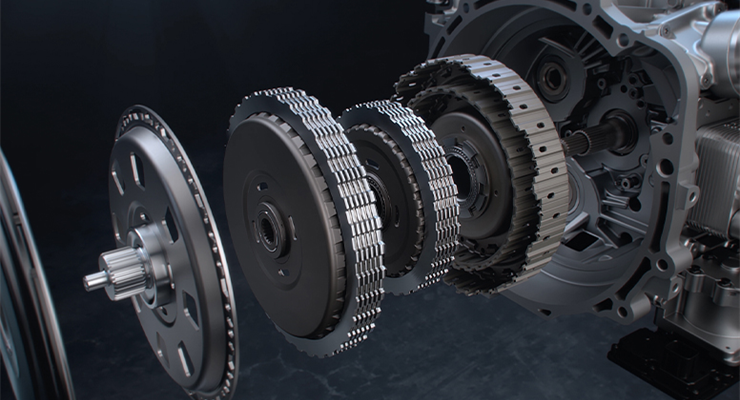Battery-electric vehicles are much simpler than conventional ICEs to maintain. The battery is the key. Here is how to charge and maintain your Electric Vehicle.
More and more people are driving EVs and the number of charging stations in a crowded city is never enough to meet the demand. The situation is getting worse - everyone wants charging stations, while almost no one is building one. So the owners should be aware of the charging stations nearby and always carry a portable charger in case of an emergency. Installing a private EV charger in your garage is also an idea. Last but not least, as a courtesy, leave the public charging station as soon as the charging is done for the next user.
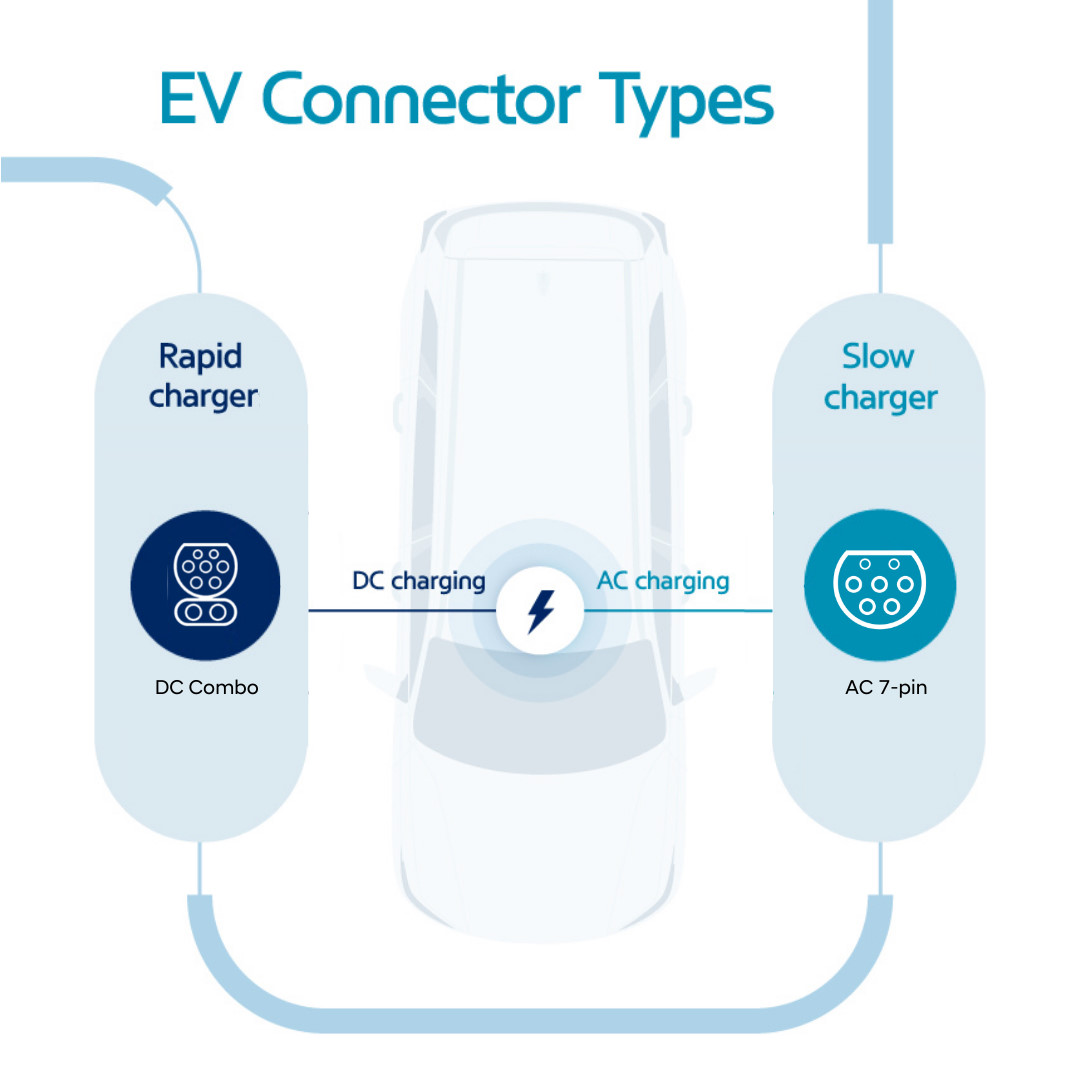
There are two major ways to charge your EV - slow(AC) and rapid(DC). Rapid chargers are usually rated around 50-120 kW in Singapore and charge an EV from 10% to 80% within one hour. Few drivers drive their cars until the battery is near 0%, so the charging time should be much shorter, depending on the size of the battery.
And there are slow chargers. The on-board charger (OBC) provides the means to recharge the battery from the AC mains either at home or from outlets found in private or public charging stations. Rated at 7kW, a slow charger can charge an EV from 0% to 10% in an hour. This is usually for nighttime. A portable charger, a 7-pin AC connector, is to connect an EV with an ordinary 220V output socket.
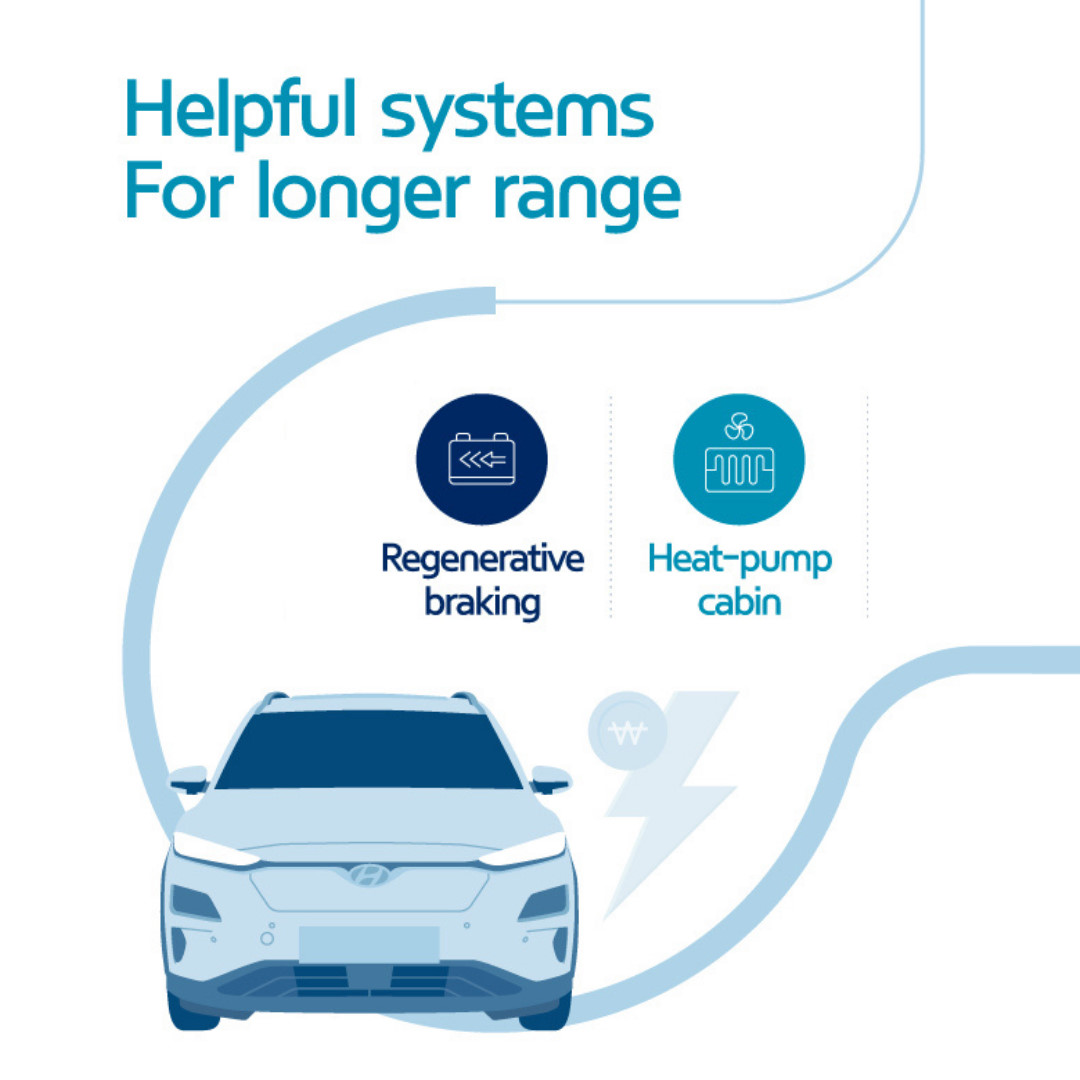
An electric car is equipped with a unique kind of brake called regenerative braking for better efficiency. Under this system, the energy that would have been lost as heat during braking can be tapped and stored back in the battery. EVs can adjust the level of regenerative braking by using the paddle shift, to control the amount of energy to be stored in the battery.
A heat-pump cabin heater has been adopted for heating an electric vehicle (EV), using less power than conventional models. It greatly improves power consumption - therefore ranges - when the heater is being used. The heat-pump system is developed to decrease energy use and enhance the range. It utilizes the heat from the compressed air. Not every EV has the heat-pump system, so it is necessary to check before you purchase your EV.

You can manage and extend your EV’s range if you use it a bit more wisely. Rule number one is not to slam on the brake/accelerator. Just like ICEs, sudden braking or accelerating takes up much more energy than usual, decreasing fuel efficiency. Seat heaters are better than the cabin heating system since seat heaters use much less energy from the battery.
Eco Mode also allows the EV to decrease energy use by adjusting the regenerative braking system or climate control.
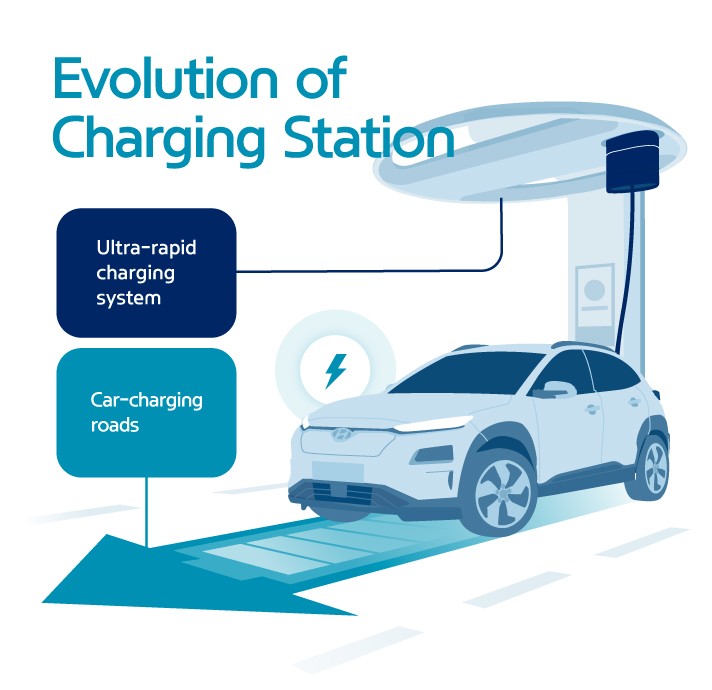
EV charging infrastructure features 350 kW fast chargers, according to an announcement in 2019. In the case of an EV with an 800V high-voltage charging system, called Hi-Charger, charging time can be drastically reduced since a 350kW fast charger can empower an EV twice as fast as current rapid chargers. So far, Hyundai Motors has two Hi-Chargers at Hyundai Motor Studio in Goyang, South Korea, and plans to expand the business.
Wireless electric vehicle charging is the technology that can literally charge your EV wirelessly. As part of its development of the wireless charging system, it is proven that charging while driving is possible, even while the vehicle is traveling at high speed. Qualcomm is developing the system, called Halo, and the Chinese government is working on constructing highways that contain a wireless charging system in it. The South Korean Government, too, has announced the Road Technology Development Strategy for building roads containing a wireless charging system by 2030.
